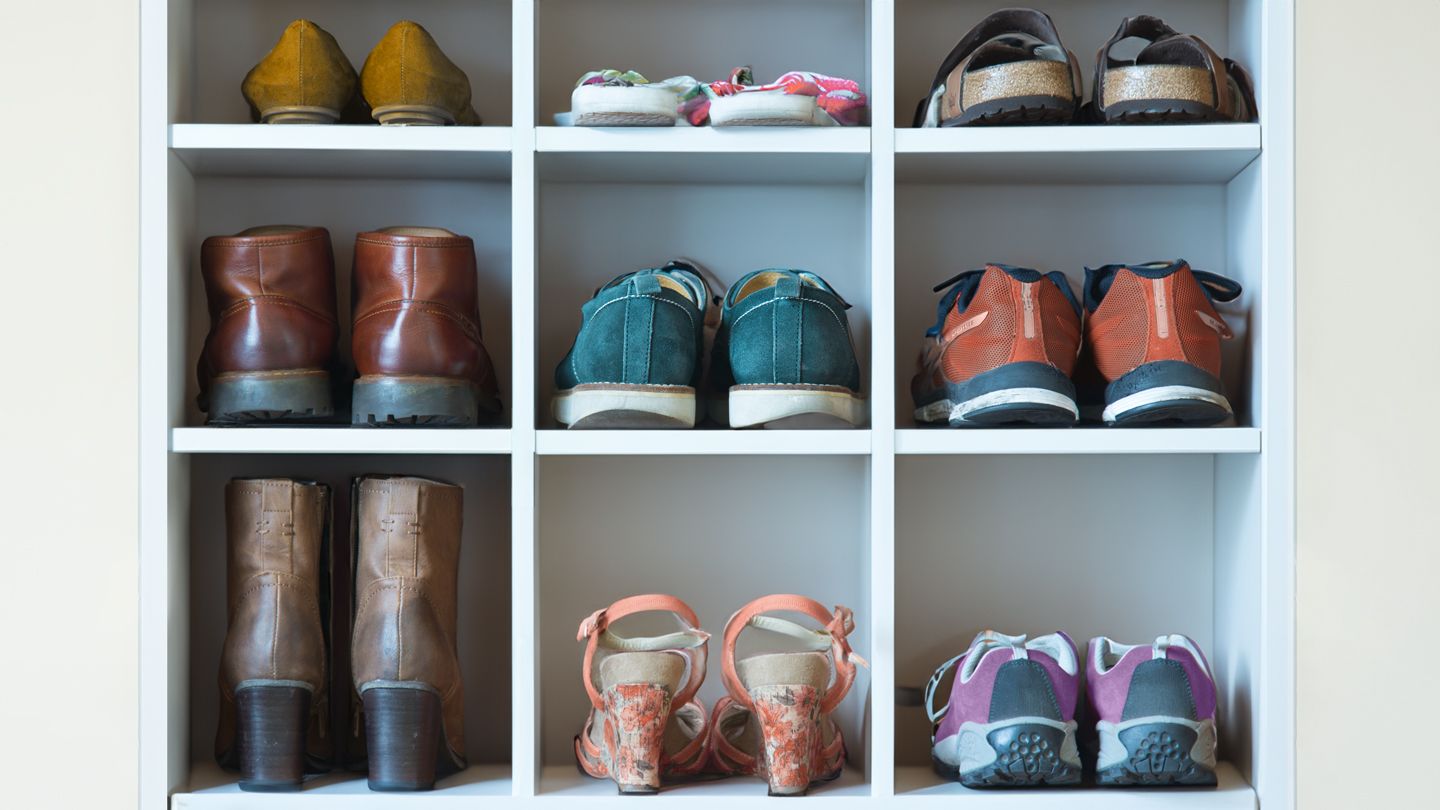Best and Worst Footwear Choices for Managing Back Pain
Back pain can have various causes, from overexertion to prolonged sitting. While serious symptoms should be evaluated by a healthcare professional, your choice of footwear can significantly impact back pain. Here's what podiatrists recommend for choosing the right shoes.
Key Features to Look for in Shoes:
- Moderate Heel Height
- Ideal height: 1-2 inches
- Helps with proper ankle rotation and pelvis alignment
- Never exceed 2 inches in height
- Proper Cushioning and Shock Absorption
- Look for balanced cushioning (not too hard or soft)
- Cork or rubber heels provide good shock absorption
- Consider maximalist footwear for high-arch feet or older runners
- Rocker-Bottom Soles
- Curved soles that reduce joint pressure
- Help maintain natural walking motion
- Beneficial for some foot conditions
- Supportive Sandals
- Choose orthopedic-style sandals with arch support
- Avoid regular flip-flops for extended wear

Various shoes displayed on wooden shelves
Shoes to Avoid:
- Negative Heel Shoes
- Flip-flops (except for brief use)
- Flat loafers
- Ballet flats
- Problematic Cushioning
- Extremely hard shoes with no cushioning
- Memory foam without proper support
- Air cushions without adequate structure
- Minimalist/"Barefoot" Shoes
- Very thin soles
- May worsen existing back problems
- Casual Sneakers
- Flat designs without support
- Narrow fits
- Lack of proper cushioning
Getting Professional Help:
- Consult a podiatrist trained in biomechanics
- Visit a pedorthist for therapeutic footwear guidance
- Consider shoe stores with trained fitting specialists
Remember: If back pain persists despite proper footwear, consult your primary care physician to investigate other potential causes.
Related Articles

8 Common Causes of Leg Numbness and Their Treatment Options

